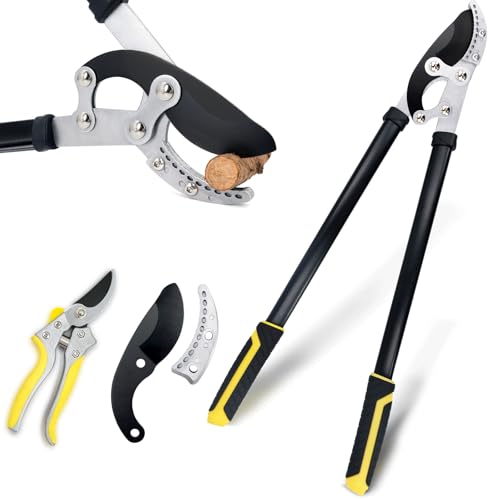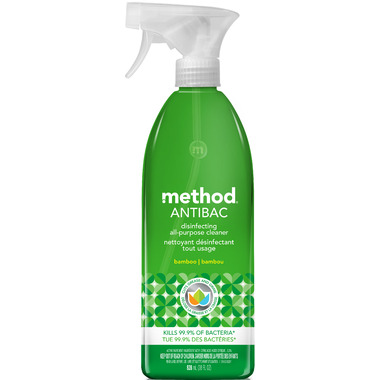The Curator independently decides what topics and products we feature. When you purchase an item through our links, we may earn a commission. Promotions and products are subject to availability and retailer terms.
The growing season is here and it’s time to get those plants and shrubs back in shape. If you’ve got the motivation to give your greenery a tune-up, but aren’t sure where to start, or which tools to use, we’ve consulted with some experts for advice.

For starters, every gardener should have a basic set of pruning and trimming tools, says the horticultural team from the University of Alberta’s Botanic Garden. Those include pruning shears, loppers for bigger branches, gloves and a good sharpener.

According to the horticultural experts we consulted, there are certain steps to take to get those bushes primed for new growth.
Once that snow melts and you’re ready to head into the yard, says Len Chambers with the U of A team, follow three basic steps.
“First thing is, take out the three d’s – dead, diseased and dying.”
He adds: “What you want to do in spring, if you are doing any trimming or pruning, is get rid of any dead material in there.” That means cutting off any dead, rotting or noticeably diseased leaves or branches.


The U of A team also advises to “never leave any stumps,” as they will re-shoot new growth, or die back.
Instead, use pruning shears to cut stems back to the next lateral bridge, says horticulturalist Barry Greig.
That will ensure that any new growth is not impeded.
Chambers recommends shears with a bypass blade, where only one side needs sharpening.
“If you sharpen both sides, you will ruin it — only sharpen that one edge, not the side with the beveled edge. A lot of people do that and then wonder why it isn’t cutting but just pinching.”


For shaping hedges or bushes, horticulturalist Chambers suggests hedge clippers.



Horticulturalist Duncan Giedelhauf says it’s also important to clean tools thoroughly between uses.
“For the biosecurity of your plants, you would want to clean your pruners – the best practice is after every cut, but definitely when moving between plants. That can be done with a disinfecting solution, or wipe them clean, then spray with rubbing alcohol. Let it dry to kill any spores that might be lingering.”

When it comes to this type of yard work, the experts recommend some general rules.
Because Canada contains numerous growing zones, check with your local garden centre on which shrubs to cut right back and which to trim slightly based on your location.
“In terms of perennials”, says Giedelhauf, “the best practice is to leave them alone in the fall and then cut them back in spring, when snow is gone.”
The reason for doing that, he says, is that this allows plants to winter with leaves that have fallen around the plant, which protects it and keeps it insulated from the cold. The plant stays insulated and retains moisture.
Meanwhile, there are some other basic guidelines.
“There general rule of thumb is, if it blooms in spring, you don’t want to be chopping it back in the spring, or you are going to miss out on those flowers,” says Giedelhauf, for example, with bushes such as lilacs.
“Those ones, you want to be trimming later on in the summer, when they are not blooming,” he says.





Comments